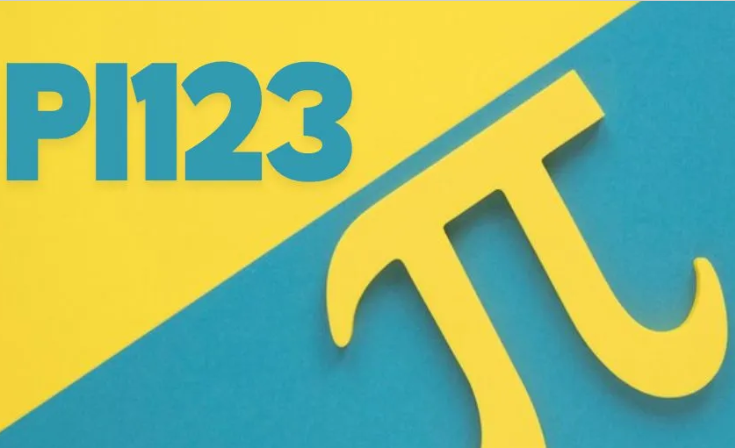In the world of mathematics and computing, the term “pi” often evokes thoughts of the mathematical constant, but “pi23” opens up a different dialogue. Whether you’re a student, a programmer, or just someone with a curious mind, understanding pi123 can broaden your perspective on its significance in various fields.
What is Pi123?
At its core, pi123 is an intriguing concept encompassing mathematical and practical applications. It represents a numerical value or code that often pertains to various software programming languages, mathematical theories, or statistical models. However, it’s essential to clarify that pi123 isn’t a universally recognized term like the mathematical constant π (pi), which approximates to 3.14159.
The Mathematical Context of Pi123
Pi (π) is vital for calculating circles and periodic functions in mathematics. While pi123 doesn’t have a standard mathematical definition, it can be related to sequences, algorithms, or even specific mathematical models. For example, in programming, pi23 could represent a function or an algorithm named after pi that processes numeric sequences or performs calculations.
Importance in Programming
In programming, pi23 may refer to an identifier or variable in code. For instance, if a programmer creates a function to calculate the area of a circle, they might name their function calculatePi123. Understanding the implications of such nomenclature can significantly enhance your programming skills.
Applications of Pi23 in Various Fields
Software Development
In software development, names like pi23 can indicate specific functionalities or libraries. For instance, a developer might create a library named pi23 for numerical analysis or data visualization. This can facilitate a deeper understanding of mathematical concepts through practical applications.
Data Science and Analytics
Data scientists often utilize numerical identifiers for datasets or algorithms. Pi23 could represent a specific dataset containing information about mathematical constants or patterns. Analyzing such data can lead to new insights in physics, engineering, or economics.
Education and Learning
In educational settings, pi23 can be useful for teaching mathematical concepts. Educators can create exercises or software that uses pi23 as a reference point for students to engage with more complex topics. This interactive approach can enhance understanding and retention.
How to Implement Pi23 in Your Projects
Step 1: Define Your Purpose
Before diving into using pi23 in your projects, defining what you want to achieve is essential. Are you working on a mathematical model, developing software, or conducting data analysis? Clarifying your goals will guide your implementation.
Step 2: Choose the Right Tools
Depending on your project, select appropriate programming languages or software tools. Popular choices include Python for data analysis, JavaScript for web development, and R for statistical computing. Ensure that your tools can handle the mathematical computations you need.
Step 3: Create Your Model or Function
If you’re programming, create a function that embodies the principles of pi23. For instance, a function to calculate the circumference of a circle could be defined as follows in Python:
Case Studies: Real-World Examples of Pi123 Applications
Case Study 1: Data Analysis with Pi123
A recent study in data science utilized pi23 as part of an algorithm to analyze financial data. By incorporating mathematical constants like pi, researchers could create models that accurately predicted market trends, demonstrating the practical utility of pi23 in economics.
Case Study 2: Educational Software Development
An educational software company developed a program named “Learn with Pi123.” This interactive tool allows students to explore mathematical concepts through engaging activities, proving that pi123 can be crucial in learning environments.
Future Developments of Pi123
As technology and mathematics continue to evolve, the significance of pi123 will likely expand. With advancements in artificial intelligence and machine learning, pi123 may find applications in predictive analytics, algorithm development, and more. Researchers and developers are encouraged to explore the untapped potential of pi123 in their respective fields.
Conclusion
In summary, pi123 may not have a fixed definition, but its implications are vast and varied across mathematics, programming, and education. Understanding pi123 can open new doors in software development, data analysis, and learning methodologies. As we continue to explore its applications, pi123 has the potential to become a fundamental concept in both academic and practical contexts.
